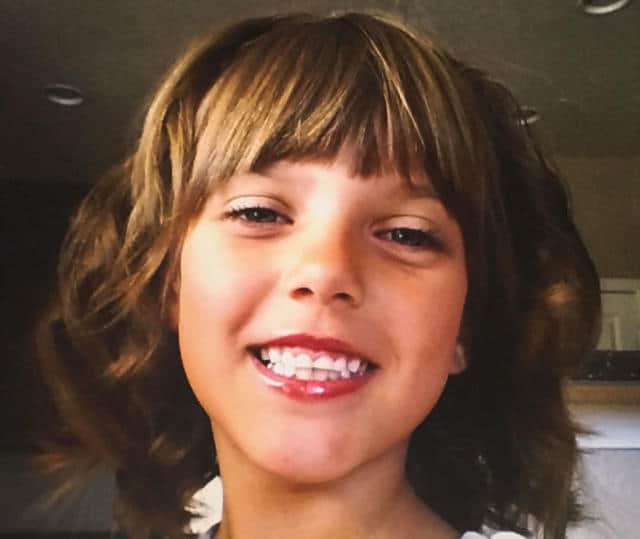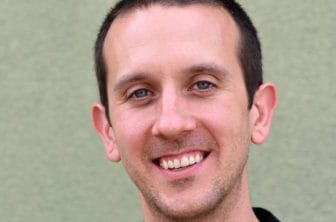
Courtesy photo
Victoria Martens
COMMENTARY: When I first read about 10-year-old Victoria Martens’ death, I spotted my hands clenching and realized they were grabbing at something. I felt rage. I thought about snapping the necks of her killers.
Not again.
I’ve been through this before, starting in 2002 with a string of seven child-abuse deaths in Doña Ana County over three years. I’ve immersed myself in the horrific details so I could tell those kids’ stories. I’ve gone through the stages of grief over and over.

Heath Haussamen
I still recall reading in an autopsy report how being raped and tossed around a room tore 5-month-old Brianna Lopez’s body apart. I remember driving in the desert looking for the spot where Uriah Vasquez Ordoñez’s father cremated the 15-month-old’s body.
I’ve shaken my fist at the sky and screamed. I’ve wept. When I read Brianna’s autopsy report, I vomited.
And I’ve fantasized about homicide.
On Aug. 24, police allege, the boyfriend of Victoria’s mother and his cousin injected Victoria with methamphetamine to subdue her. Then they raped, choked and stabbed her – hours before her birthday party. Victoria’s mother reportedly watched for her own “sexual gratification.”
Police found Victoria’s dismembered body burning in a bathtub in the Albuquerque home.
Gov. Susana Martinez was angry. “Justice should come down like a hammer,” she said. State Rep. Javier Martinez expressed urgency about increasing funding for early childhood programs, which his family has utilized.
People in Albuquerque and Las Cruces held birthday parties for Victoria.
As for me, there was that primal, powerful fury.
Our society is a reflection of us. We all have dark corners. My rage at Victoria’s killers comes from one of those places. Admitting that helped me move from anger to despair to sorrow. Then tears flowed.
Victoria’s killers will likely spend most of their lives in prison. But what about the next child? And the one after that? I’ve learned, unfortunately, that there will be others.
What our children need from us is honest self-reflection, individually and collectively. The laws we enact, the programs we fund, who we elect – these choices shape our society. When a family is wrongly denied emergency food assistance, or critical behavioral health services are eviscerated, or someone who shouldn’t be on the streets is wrongly released from jail, or someone on supervised probation isn’t being supervised, bad things happen. Families move closer to crisis.
Children who live in such homes are more likely to be abused and killed.
And every time one of us sees a child treated inappropriately and doesn’t report it, or turns away from people in need, we contribute to a world in which adults kill children.
There’s so much justification for despair. But there’s also reason for hope.
In spite of the efforts of a few powerful people, we came together to change state law after Brianna’s death. Before that, the maximum sentence for intentionally killing a child was 18 years, while killing an adult could land someone in prison for 30 years. Today, intentionally killing a child under 12 carries the same penalty as killing an adult.
But we still assign a lower value to the lives of children ages 12-17. Killing those kids carries a maximum penalty of 18 years.
We need to come together again. Our law must value all children as much as adults.
But we must do so much more. It starts by grieving, and continues by acting. We can create a better society. Our children need us to make the choice to do that.
Heath Haussamen is NMPolitics.net’s editor and publisher.